Moderna Museet’s exhibition presents the work of the world-famous artist-activist from the 1970s.
The documentary about the American photographer *All the Beauty and the Bloodshed* was awarded the main prize at the Venice Film Festival in September, and at the end of October, an extensive Goldin exhibition opened at the Moderna Museet.
The 69-year-old Goldin is best known for the photographs in which he captured the life of the LGBTIQ circles in Boston and New York in the 1970s and 1980s. Through his art, he became one of the key AIDS activists of the era.
Since then, Goldin’s activism has turned towards big pharmaceutical companies, which are considered to be responsible for the opioid crisis shaking the United States. In the 2000s, hundreds of thousands of people have died from opioid overdoses in the United States.
Goldin was also close to passing out. The artist got hooked on strong painkillers that were prescribed to him in 2014.
Yle visited the Moderna Museet exhibition, which is open until the end of February.
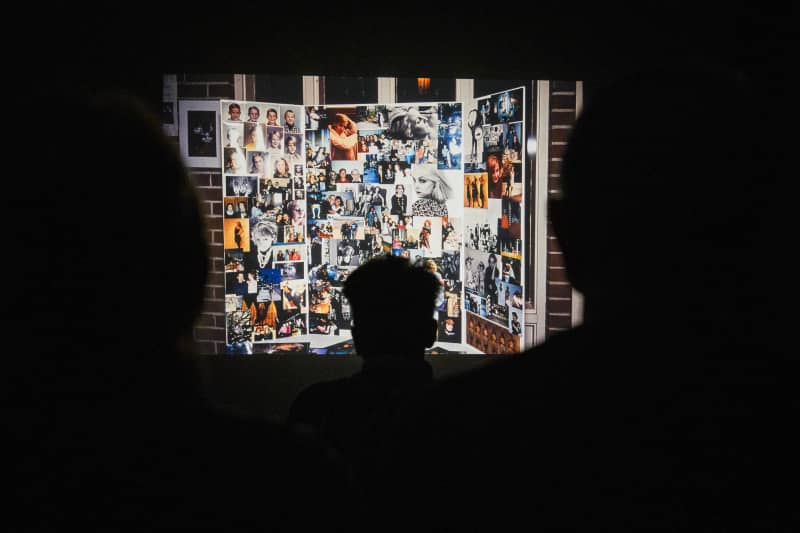
Every curator’s dream
– It’s amazing to see how people sit here and get stuck on the pictures, says Liew.
– Many people have a relationship with Nani’s pictures and stories without necessarily thinking of him as a contemporary artist. The relationship is often personal.
Liew says he knew about Nan Goldin before he knew anything about contemporary art. He saw Goldin’s pictures in magazines and in pop culture. Only much later did he begin to understand Goldin’s position as part of art history.
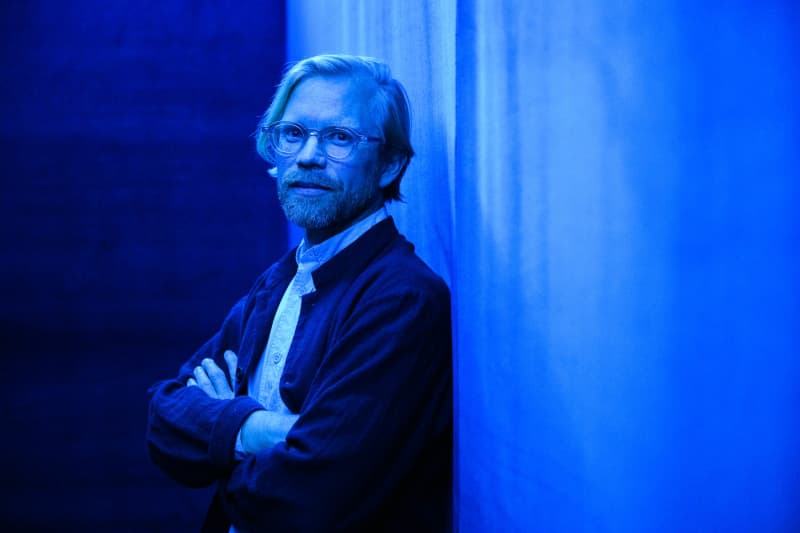
In 2019, Liew contacted Goldin. He had seen Goldin’s recent picture series *Sirens* and *Memory Lost*. Both were cinematic entities that used music and sound recordings in addition to images.
Liew wanted to make a retrospective for his museum that would extensively showcase Goldin’s power as a storyteller.
– When I approached Nani, it turned out that he had dreamed of such an exhibition for decades and was waiting for someone to contact him, says Liew.
Goldin has said that he makes films, but the medium is photographs. He often presents his pictures as slide shows. This goes back to the Boston art school, which in the 1970s did not have a darkroom for developing photographs.

The concept was well suited to Moderna Museet’s decision to give up art loans, which require long-distance transport, for the time being. Digital slideshows do not require shipping containers or couriers.
The exhibition was prepared for a couple of years in close cooperation with Goldin.
– The opportunity to be close to him over the years, to develop this exhibition and bring it to the public, has been every curator’s dream.

\”I cry by it\”
The exhibition space is reduced and geometric. The soundscapes of the circular, rectangular and octagonal rooms mix with each other in the corridors.
Placed near the entrance, *The Ballad of Sexual Dependency* (1981–2022) is the oldest and most famous of the picture series. It deals with sex, sex work, gender identity and intimate partner violence. Beauty and pain go hand in hand in the intimate pictures: we see dozens of admiring pictures of Goldin’s boyfriend, followed by harsh pictures of the artist being abused by his partner.
If Goldin’s name sounds remotely familiar, it’s probably because of the pictures in the Ballad series.
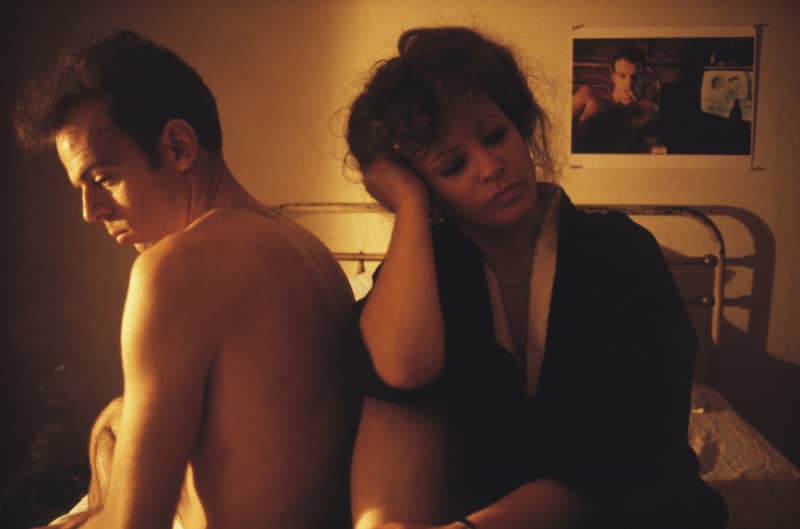
*The Other Side* (1992–2021) is set in a Boston bar where Goldin spent time with his drag queen friends in the 1970s. *Fire Leap* (2010–22) depicts parenting and children, *Sirens* and *Memory Lost* addiction.
*Sisters, Saints, and Sibyls* (2004–22) is perhaps the most impressive of the spaces in the exhibition. The three-screen triptych tells the story of Goldin’s older sister Barbara, whose zest for life was stifled in a conservative childhood home. Barbara killed herself at the age of 18.
In the triptych, Gold compares the patron saint of his sister’s story to St. Barbara, who was killed by his narrow-minded father. At the same time, he talks about his suicide, which was a direct result of his sister’s death.
*Sisters, Saints, and Sibyls* is curator Liew’s favorite place in the exhibition at the time of the interview.
– I cry next to it.

Activism as part of art
Activism has been an integral part of Nan Goldin’s art since the 1980s. He thrived in New York’s queer scene and saw up close the devastation wrought by the AIDS epidemic. At the end of the decade, he curated the city’s first major art exhibition on the subject.
In recent years, Goldin’s activism has focused primarily on the Sackler family, which owns pharmaceutical companies, which is widely considered to be responsible for the severe opioid epidemic in the United States.
The Sacklers have been called one of the worst families in America.
Goldin became addicted to opioids in 2014 when he was prescribed oxycodone for wrist pain. The dosages increased so much that he had to turn to the street market.
– My dealer was here 24 hours a day, seven days a week. I was one of his best customers, Goldin told The Guardian in 2018.
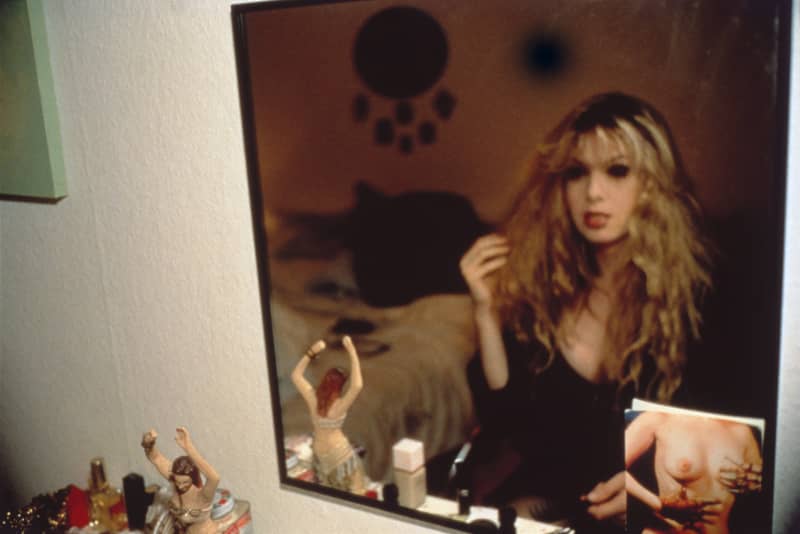
Goldin got sober through rehab and founded an activist group that has gotten many of the world’s major museums to cut ties with the Sacklers, who act as art patrons. The group has organized performances where museum spaces are filled with, for example, prescriptions and empty medicine jars.
In the spring of 2022, the Sacklers committed in a court hearing to spend six billion dollars on work aimed at taming the opioid crisis. Because of his activism, Goldin also made Time magazine’s 2022 list of the 100 most influential people.
This is not going to end well
Climate crisis, corona pandemic, Russia’s attack on Ukraine… The name of Moderna Museet’s exhibition, This Will Not End Well, seems appropriate for the moment.
It is also suitable for an exhibition dealing with the AIDS epidemic and drug addiction. Most of the people in the pictures are dead.
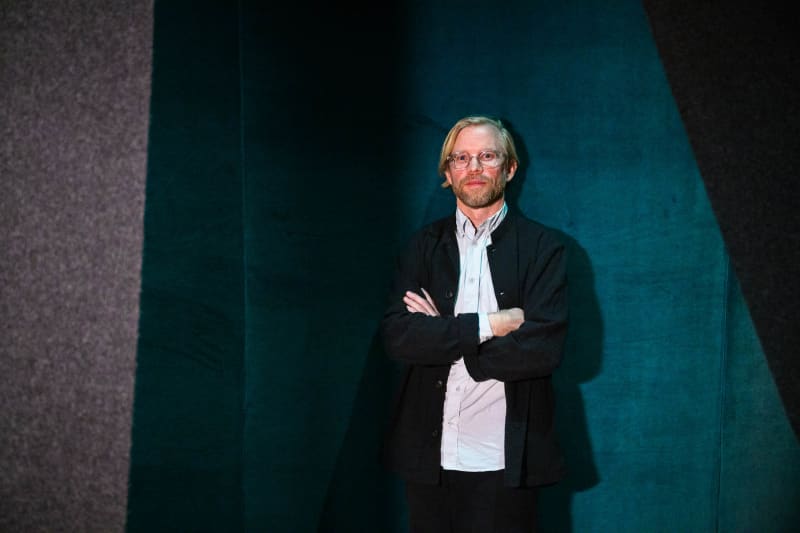
Liew also thinks the name of the exhibition is funny.
– The artist presents his career, which is already 50 years long, and chooses the name of the exhibition \”this will not end well\”. I think there is humor and irony in that.
